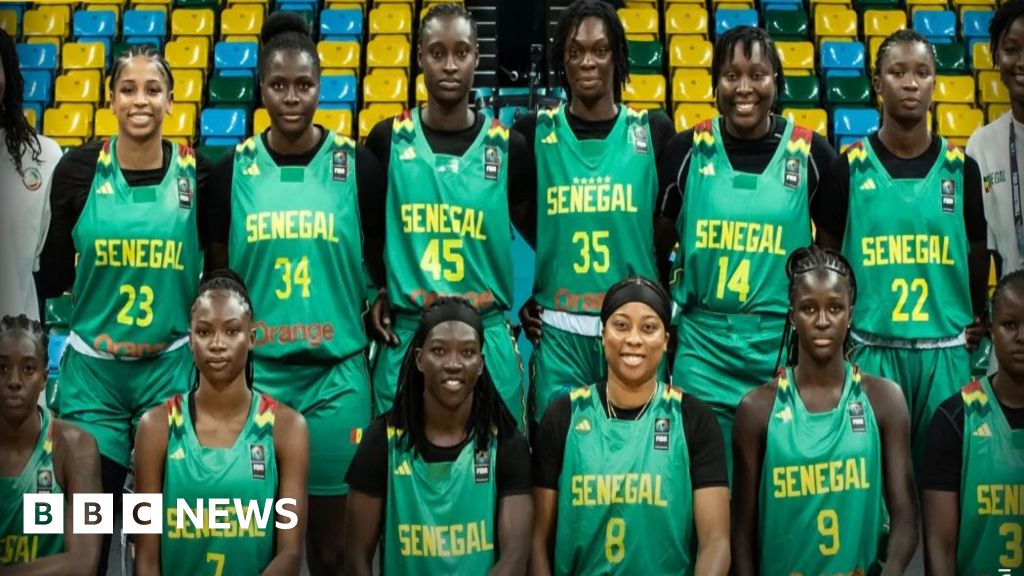Answer to a written question - Rise of global food insecurity - E-001091/2025(ASW)
The EU delivers a comprehensive response to global food insecurity[1]. Between 2021 and 2024, it provided EUR 4.9 billion in emergency food assistance and supported the restoration of supply chains through the EU-Ukraine Solidarity Lanes[2], which have enabled the export of approximately 84 million tonnes of grain, reaching global markets — including Africa — and backed the Ukrainian ‘Grain from Ukraine’ humanitarian initiative.
Additionally, with EUR 3.4 billion in food autonomy, the EU is advancing a rights-based approach, land rights and agriculture under the Global Gateway[3] framework.
Through multilateral efforts, it promotes transparent and fair trade for food and nutrition security — ensuring that its implementing partners safeguard beneficiaries from violence, coercion, deprivation and abuse.
The United States (U.S.) has been an ally in the fight against global hunger. In September 2022, similarly to the EU, the U.S. allocated USD 2.9 billion in aid for food insecurity, adding to the USD 6.9 billion it had already committed. In 2024, the U.S. was the largest contributor to World Food Programme operations.
There has recently been a shift in the U.S. administration’s approach and the U.S. made no commitments at the recent Nutrition for Growth (N4G) Summit[4] in March 2025. Given the current U.S. position, it is challenging at the moment to identify opportunities for future joint action.
The EU emphasises the selection of reliable, evidence-based food security initiatives, capturing early warnings and market fluctuations.
Amid growing resource constraints, the EU enhances coordination with global partners, in a Team Europe approach. Strengthening multilateral partnerships can prevent duplication and ensure targeted interventions.
Last updated: 20 June 2025












